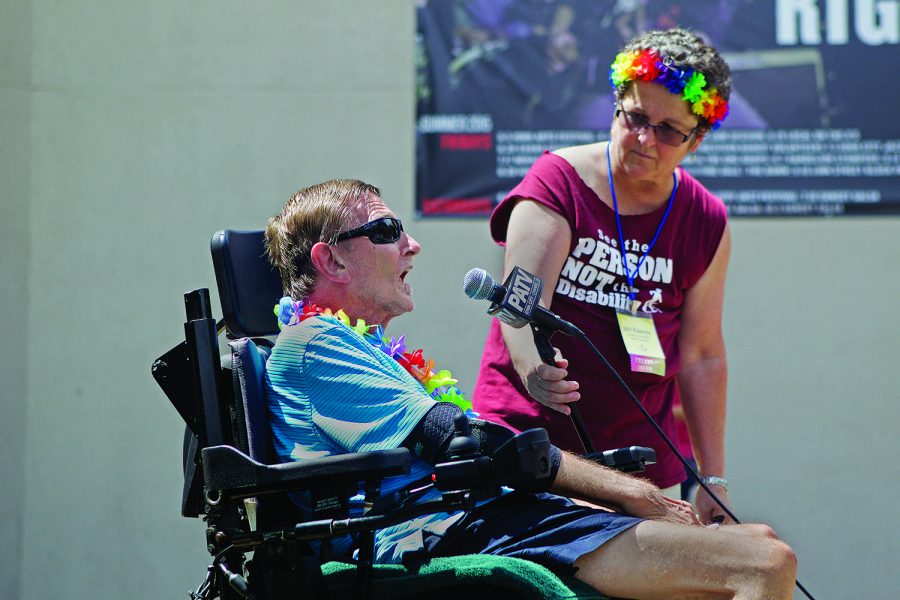Today marks the 27th anniversary of the Americans with Disabilities Act being passed into law. Thanks to the bipartisan cooperation on Capitol Hill in 1990, new public buildings being constructed must be readily accessible to all, public transportation must have adequate access for those with mobility-assistance devices, service animals cannot be denied entrance to places, and employers cannot discriminate against employees with disabilities. These are only a handful of the things ensured by the ADA, and I can say with confidence that there isn’t a person with a disability living in America today who wouldn’t agree this bill has benefited them.
But, as is the case with all things related to social justice, there are still improvements to be made. While the ADA makes certain provisions for the construction of new buildings, it does not promote the concept of “universal design,” which entails creating a space that can be accessed to the greatest extent by everyone.
Existing buildings do have to remove barriers to accessibility, but only if doing so is “readily achievable.” This is defined as “easily accomplished without much difficulty or expense.” There’s no set way to determine this, meaning that it’s not that difficult to not make an older building accessible. Perhaps most importantly, barriers to employment for people with disabilities still greatly exist, especially if an employer does not believe adequate accommodations can be made for the employee without a burden on the company. This is, of course, dismissing the reality that such accommodations would likely benefit all employees and that integration of those with disabilities into the workforce benefits society by adding employees who are innovative and creative because their lives depend on it. In a nutshell, it’s important to remember that America still has a long way to go in regard to true accessibility for all. Complying with the ADA should be the bare minimum.
Making sure our society continues to move forward with implementing the ADA doesn’t just mean continual support for removing physical barriers and promoting better design. It means expanded efforts to educate those who are able-bodied on why equal access for everyone is important. It means a broader understanding of how true accessibility benefits everyone: those with strollers, those who are older-—in short, anyone who has trouble going up steps. Of course, this benefits whoever or whatever is located in said building, because this means more traffic, more exposure, more business. It also means recognizing that compliance with the ADA, or the Individuals with Disabilities Education Act (which guarantees equal access to primary and secondary education for those with disabilities), is something that should not be determined at a local level, despite what the current secretary of education suggests. Here is an example of “big government” benefiting Americans.



